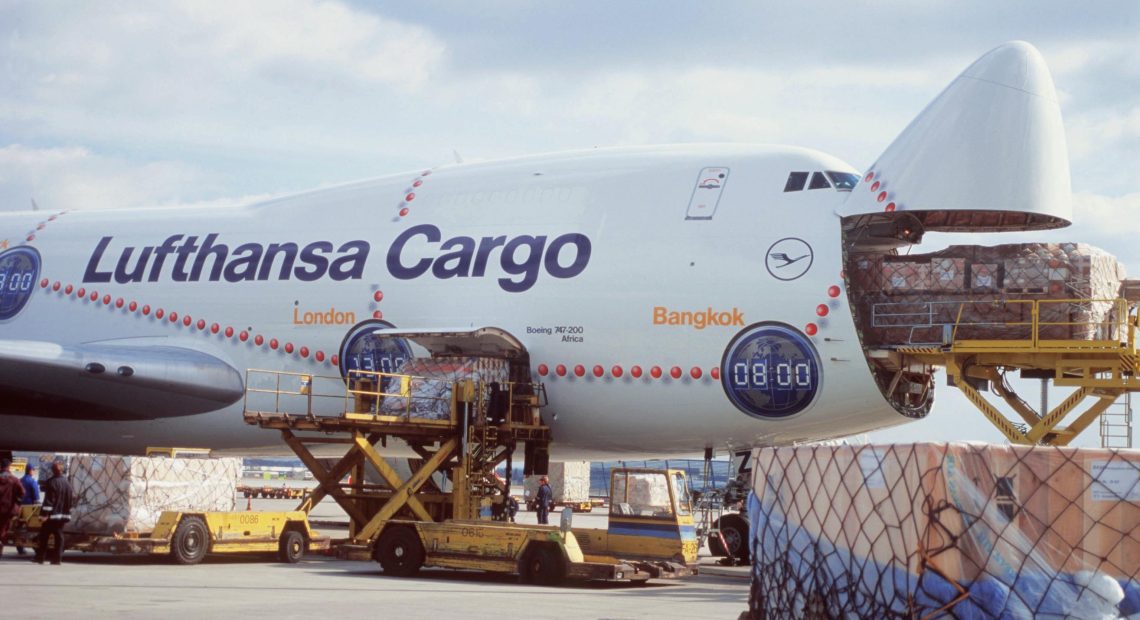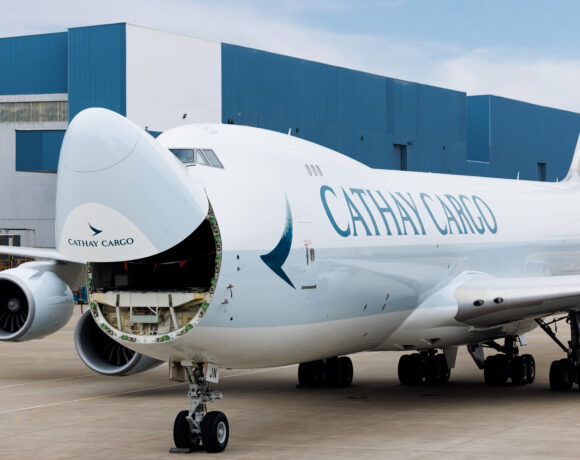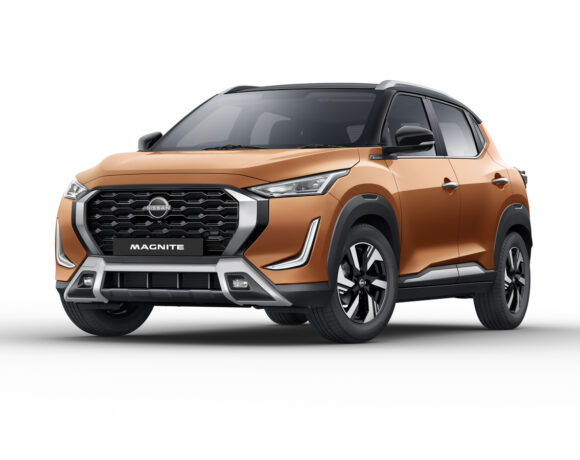Boeing predicts that international air cargo traffic will double by 2043

Driven by emerging markets
Boeing has released its latest World Air Cargo Forecast (WACF), predicting significant long-term growth in the global air cargo market. The company forecasts that air cargo traffic will increase by an average of 4% annually through 2043, surpassing pre-pandemic levels and continuing its upward trajectory.
According to Boeing, the global freighter fleet is expected to grow to 3,900 aircraft over the next 20 years, a substantial increase from 2,340 freighters in 2023. This growth is driven by several factors, including the rapid expansion of emerging markets, the global rise in manufacturing, and a surge in e-commerce, which is reshaping supply chains worldwide.
Darren Hulst, Boeing’s Vice President of Commercial Marketing, stated: “As the quickest and most reliable way to move goods, air cargo’s sustained growth has returned the industry to its long-term trend. The demand for freighters will be bolstered by economic expansion in high-growth regions, particularly in Asia, alongside a continued boom in e-commerce.”
Asia, in particular, is set to lead the way in air cargo traffic growth. The region’s expanding economies and rising consumer demand are driving the need for a more extensive fleet.
The Asia-Pacific region alone is expected to account for nearly half of all freighter deliveries, with 980 aircraft forecasted to be delivered by 2043. North America will also see significant growth, with 955 freighters expected to be delivered.
India, meanwhile, is predicted to see a dramatic rise in its domestic air cargo market, nearly quadrupling in size due to the expansion of express and e-commerce networks. Express carriers, which currently handle 18% of global air cargo, are expected to increase their share to 25% by 2043, growing faster than the industry average.
The 2024 WACF also highlights the shift towards more capable and fuel-efficient freighters. Nearly half of the new deliveries will replace older aircraft with modern models, driven by market demands and environmental concerns. Of the 2,845 freighters expected to be produced, the fleet will include a mix of standard-body, medium-widebody, and large-widebody aircraft, with large widebodies seeing the most significant increase.
With these projections, Boeing underscores the pivotal role of air cargo in the global economy, particularly as supply chains evolve and the demand for faster delivery solutions continues to rise.
Hero image: The 2024 WACF highlights the shift towards more capable and fuel-efficient freighters. Credit: Frieder Blickle/Lufthansa Group












